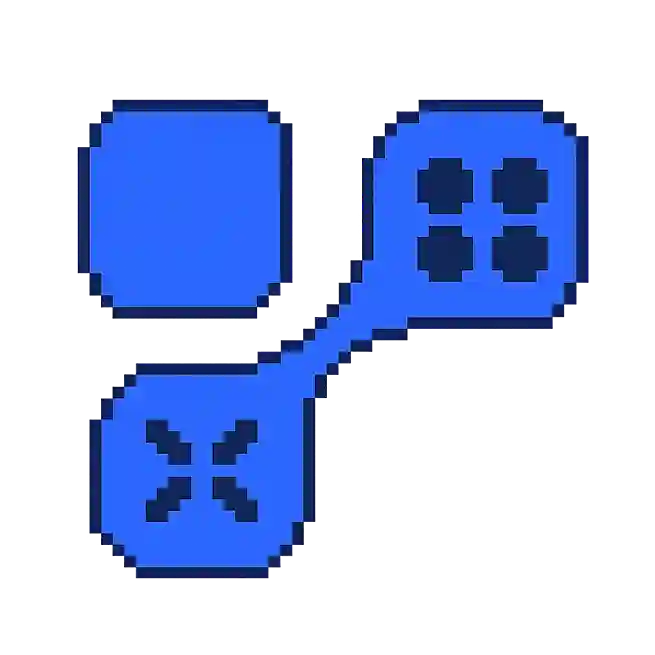Root Motion in Gaming: What Does It Mean?
In the context of game development and animation, root motion is a technique used to achieve more realistic and fluid character movements. This involves using the motion of the character’s root bone to drive the overall movement of the character within the game world. Understanding how root motion works can enhance the development of believable animations and gameplay mechanics.
Understanding Root Motion
Root motion refers to the animation-driven movement of a character, as opposed to movement dictated directly by game code. This technique ensures that a character’s movements, such as walking or jumping, are consistent with the animations created by artists. The root bone is typically the central bone of a character rig, and its motion is pivotal in translating animation data into game movement.
Using root motion, developers can achieve:
- Consistent Animation Playback: Movements appear more natural as they follow the actual animation rather than solely relying on programmed translation.
- Precise Movement Control: Enables finer control over how a character moves within the environment, allowing for more dynamic and context-sensitive animations.
- Seamless Integration: Helps in blending animations smoothly, which is crucial for actions such as transitioning from walking to running.
Implementing Root Motion in Games
Implementing root motion requires careful planning and setup within the game’s animation system. Here are some key aspects to consider:
- Animation Design: Animators must ensure that the root bone of the character is animated correctly to reflect the desired movement.
- Engine Support: The game engine must support root motion processing, as it needs to apply the root bone's transformation to the character's position in the game world.
- Performance Optimization: Developers should consider the computational cost of using root motion, as it can be more demanding than traditional animation methods.
For more detailed information on implementing root motion, you can refer to resources available on Unity’s official documentation.
Gameplay Mechanics and Strategies
In games where precise character control is essential, such as fighting or action-adventure games, root motion can significantly affect gameplay mechanics. Here are a few strategies related to its use:
- Character Responsiveness: Use root motion to ensure that character actions are responsive to player inputs, enhancing the overall gaming experience.
- Environmental Interaction: Integrate root motion to allow characters to interact more naturally with the environment, such as adjusting their footing on uneven surfaces.
- Combat Dynamics: In combat scenarios, root motion can be used to create more realistic attack and dodge animations, leading to a more immersive experience.
By leveraging root motion effectively, game developers can create more engaging and realistic animations, contributing to a more polished and immersive gaming experience.


